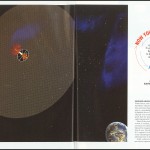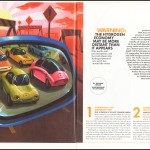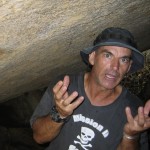 The Believers Download PDF
The Believers Download PDF
The future doesn’t just happen. The next frontiers of adventure, fitness, gear, and sport are crafted by bold visionaries with world-changing dreams—and the minds and muscles to make them real. Behold the 25 all-star innovators leading us beyond tomorrow.
Fabien Cousteau: Underwater Auteur Fabien Cousteau is sunburned. It’s a sultry August evening in Key Largo, Florida, and the 38-year-old grandson of history’s preeminent undersea explorer arrives late for dinner, having just wrapped up a 13-hour day filming coral spawning. He walks across the parking lot of the Italian bistro and extends his hand to shake mine. His wispy brown hair is flecked with gray, a striking contrast to his crimson face. “I’m Fabien,” he says. “I’ll be right back.” With that, he darts across the blacktop highway in his flip-flops and into a CVS pharmacy. Five minutes later, he returns clutching a jumbo bottle of aloe vera gel. Continue reading









